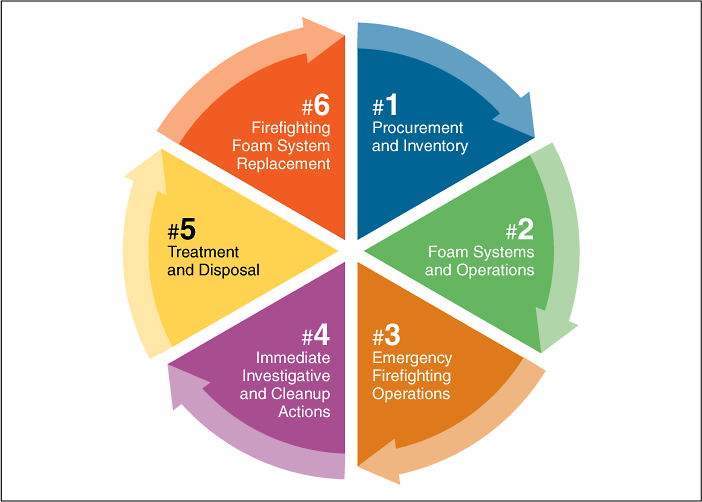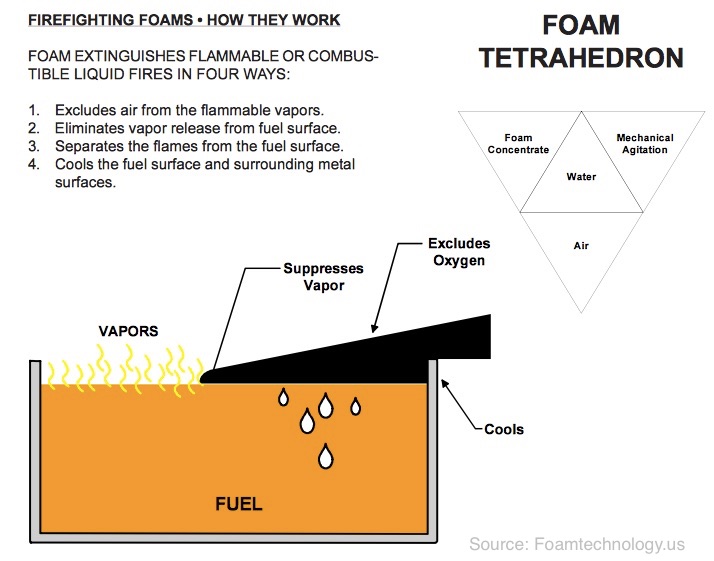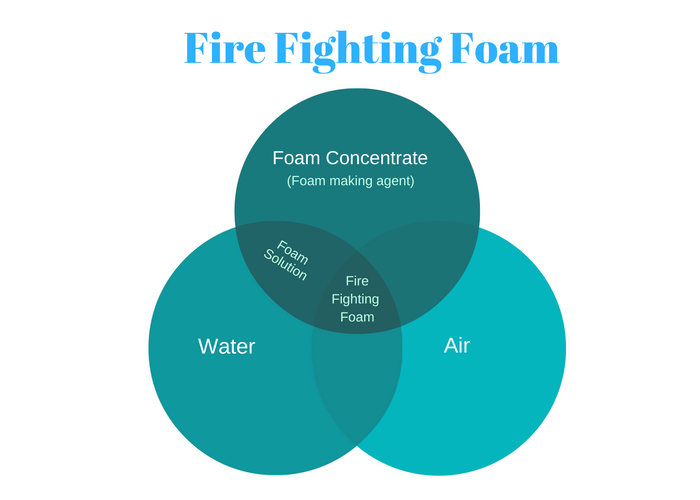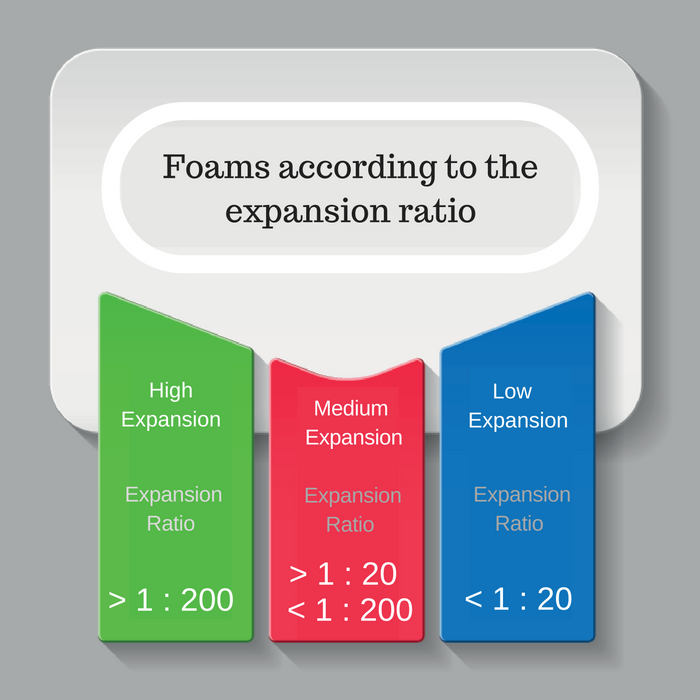class a foam percentages
Rural firefighters who must carry their own water especially benefit from the enhanced effectiveness of adding PHOS-CHEK WD881 Class A foam to their water. Class A foam typically runs at 03 05 or 1.
This type of agent is very similar to.
. 4 rows Typical percentage ranges for using Class A foam concentrate with standard non airaspirating. Class B repels it. Class A was designed for and works best on ordinary combustibles.
The AFFF is exactly what it is AFFF or Class B foam. When mixed in correct. CHEMGUARD Class A foams cling to surfaces such as charred wood with minimal run off enhancing fire suppression and reducing water usage.
What is a Class A Foam. When proportioned with water Class A concentrates reduce the solution surface tension and allow greater penetration of the foam into most Class A fuels. For example if you were go- ing to premix a batch of foam concentrate with wa- ter to make one hundred gallons of foam solution you would mix 6 gallons of foam concentrate with 94 gallons of water.
The basic difference is how the foams react to carbon. It should not be used on fires involving ethanol-gasoline blends containing more than 10 percent ethanol. CAFS units may cost up to 40000 per vehicle.
Class A Foam Concentrate. Class B foam is used at one three or six percent describing the percentage of foam concentrate in the foam solution. Educted at a certain percentage mixed with water in order to produce an adequate foam solution to cover a spill or extinguish a.
Class A Foam Concentrate. For every 100 gallons of water there is one three or six gallons of. Any other percentages are considered running the foam too lean or too rich and are not effective.
FOAM TYPES Aqueous Film Forming Concentrate AFFF. You could have a foam concentrate that is rated as a 1 percent x 3 percent AR-AFFF. Look to foam to aid us in the battle against the fire behavior increases and refresh our knowledge skills and abilities in the proper application of this great enhancer.
SKUM Class A foam concentrates are a mixture of foaming and wetting agents used in a variety of firefighting applications. With regular AFFF foam it can be metered at 1 percent 3 percent or 6 percent. It is used at application rates ranging from 01 to 10 percent.
A common rate for initial attack is 05 overhaul 02 and exposure protection 10. The manufacturer through testing has determined at what percentage foam should be used. Chemguard CA foam concentrate is a combination of foaming and wetting agents for use on wood paper textiles wild land fires wooden structures and more.
The proper percentage depends on the fuel burning and most importantly the manufacturers recommendations. These products contain foaming agents which create air bubbles when aerated and wetting agents which allow the fluid that drains from foam bubbles to be easily absorbed by fuel soil and other materials that it come into contact with. There is even one new foam on the market that is educted at 4 for.
A product that relies primarily on the water it contains for firefighting. In reality Class B foam applications are fairly simple. It helps the water penetrate the burning material to quickly suppress the fire and prevent rekindles.
Class A foam first developed in the. Some of the reasons for the firefighter aversion to using Class B foam may be from a lack of experience with it both in training and in actual incidents. Into the fuels far more rapidly.
Class b foam on the other hand repels carbon. Costs of equipment Departments reported equipment costs up to 5000 per unit for nozzle-aspirated class A foam systems. Class A attracts it.
CA is 3 to 5 times more effective than plain water. Six percent 6 concentrates are mixed with water at a ratio of 94 parts water to 6 parts foam concentrate. This is a biodegradable mixture of foaming and wetting agents.
The ratio of class a foam concentrate to water is typically 01 to 10 percent. There are many Class A foam systems--aspirated low-expansion foam aspirated medium-expansion foam compressed air foam and foam solution. Field and laboratory tests show that water mixed with only 01-10 foam concentrate is often 3 to 5 times more effective than plain water.
As a carbon-loving solution Class A foam soaks into solid combustible materials by breaking down the surface tension of the water. The proportion of Class A foam concentrate to water is dictated by use. When proportioned with water Class A concentrates reduce the surface tension of the solution allowing greater penetration of the foam into most Class A fuels.
For a fire department that wishes to minimize capital. Fire Cap Plus A and B product is UL approved and are certified for use at 025 for Class A fires and 03 for Class B fires. Each type of foam is design for a specific application.
Created to perform specifically on Class A combustible materials ANSUL-A foam is compatible for use in compressed air foam systems CAFS over the use range of 01 to 10. CHEMGUARD Class A concentrates are effective in fighting many deep-seated. It is not Class A foam regardless if you dilute the Class B or not.
As a synthetic based foam concentrate class a foam is applied at low mix ratios ranging from 01 to 10 see proportioning rates below. SKUM Class A foams cling to surfaces such as charred wood with minimal run off enhancing. Difference was noted with nozzle-aspirated class A foam.
These are the most effective percentages based upon the foam manufacturers recommendations. Water Foam Air. Costs for training Most departments did not quantify the cost of training their personnel to operate class A foam systems.
Compare those percentages to most Class A and B foam and you will find why we are the best value. Available in either a 1 3 or 6 type concentrate. A fire in a cellar is primarily a Class A fire and the purpose of high expansion foam will be to smother the.
The concentrate is formulated using fluorine-free hydrocarbon surfactants to perform on Class A combustible materials typical in municipal applications. Application of the final solution can be achieved through a number of different mediums including your standard nozzles or specifically-designed aspirating nozzles. REMEMBER NEVER EVER MIX CLASS A AND B FOAMS TOGETHER IN YOUR TANK OR SYSTEM.
Foampro Class A And Or B Foam 2024 Series

Educational Insights Foam Magnetic Fraction Circles Check Out The Picture By Visiting The Link This Is An Af Fraction Circles Fractions Teaching Fractions

8 Things To Do On An Active Recovery Day What S Good By V Recovery Workout Fitness Tools Major Muscles

Apartment Remodel Project Math Projects Consumer Math Remodeling Projects

Ikeafamily Hashtag On Twitter Ikea Family Mattress Price Hashtags

Foam Magnetic Fraction Circles Fraction Circles Educational Insights Fun Fractions

These Countries Have The Highest Number Of Individuals Without Internet Access Classroom Images Infographic Digital Transformation

3 Firefighting Foams Pfas Per And Polyfluoroalkyl Substances

A Comprehensive Guide Of Fixed Fire Fighting Foam System Myseatime

The Chemistry Of Coffee By Ernesto Illy In Scientific American R Coffee Coffee Roastery Coffee Roasting Coffee Infographic

A Comprehensive Guide Of Fixed Fire Fighting Foam System Myseatime

Double Sided Magnetic Fraction Circles Fraction Circles Fractions Learning Resources

Fractions Decimals Fractions Classroom

16mm Foam Dice Education Supplies Foam Fun Learning

A Comprehensive Guide Of Fixed Fire Fighting Foam System Myseatime
